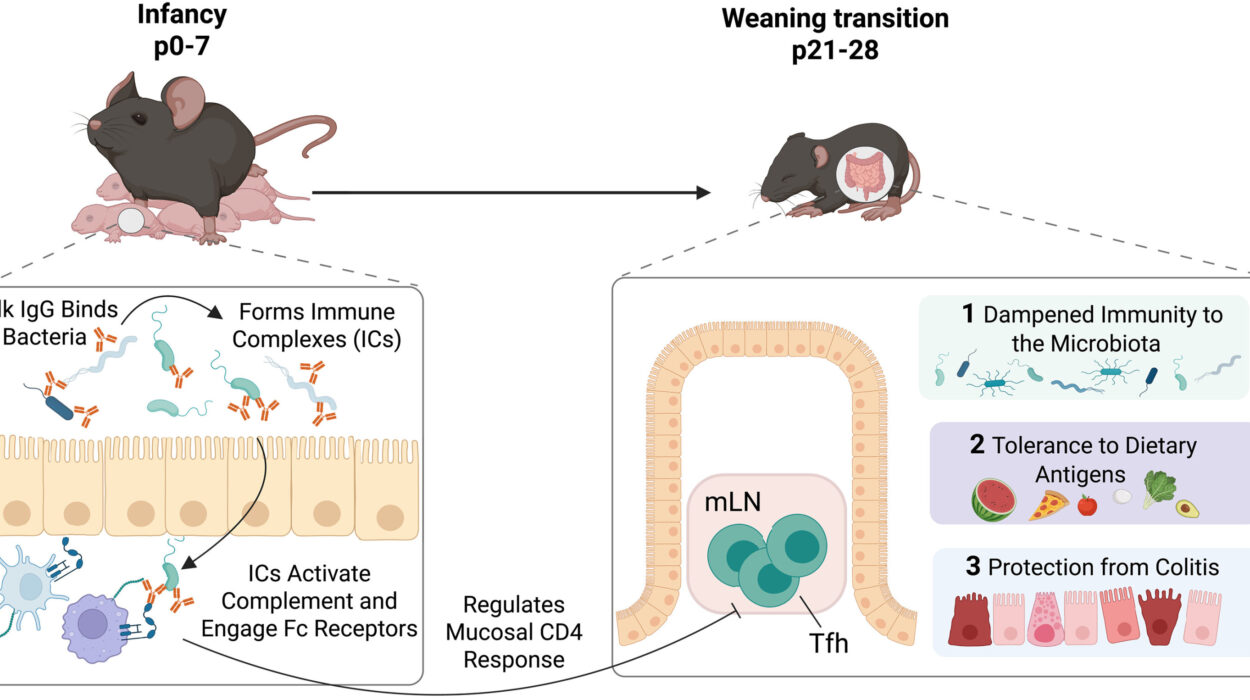For decades, women have been conditioned to believe that lifting weights or gaining muscle will make them “bulky,” unfeminine, or too masculine. The fitness industry has long marketed cardio as the ultimate solution for a woman’s dream body—long, lean, and light. But science, experience, and growing awareness tell a different story: building lean muscle is one of the healthiest, most empowering things a woman can do for her body.
Lean muscle doesn’t bulk you up; it defines you. It sculpts the body in ways cardio never could. Muscle boosts metabolism, improves bone density, enhances athletic performance, increases confidence, and helps regulate key hormones. In fact, for women, muscle is medicine.
But how does a woman go about building lean muscle in a world still saturated with diet culture, misinformation, and fear-based fitness advice? This article dives deep into the science, strategies, and psychology behind building lean muscle as a woman—without the fluff, gimmicks, or six-minute miracle workouts.
The Female Physiology: What Makes Muscle Building Unique
To understand how to build lean muscle effectively, you have to appreciate how the female body works. While men have testosterone in abundance—a key hormone for muscle growth—women have much lower levels. That’s one reason why women don’t naturally develop massive muscle mass like men do.
Instead, women rely more on estrogen, growth hormone, and other anabolic signals to stimulate muscle protein synthesis. What this means in practical terms is that muscle development happens more gradually in women, but it’s absolutely achievable. And the results are incredible: more definition, better strength-to-weight ratio, and a physique that radiates health and power.
The hormonal profile also means women often need to be more deliberate with resistance training, protein intake, and recovery than their male counterparts. There’s no need for supplements stacked to the ceiling. But there is a need for smart, consistent, progressive training—and nourishment that supports it.
Training Smart: Lifting Is for Everyone
Let’s start with the cornerstone of muscle building: resistance training. Whether it’s lifting weights, using resistance bands, or bodyweight exercises, the principle remains the same—your muscles need to be challenged to grow.
Contrary to the myth that light weights and high reps “tone” the body, building muscle actually requires lifting moderate to heavy weights with controlled, focused intensity. “Toning” is just a buzzword. What people usually mean by tone is muscle definition, and that comes from building muscle and reducing body fat—not endless reps of bicep curls with pink dumbbells.
The magic happens in a space called progressive overload. This is the practice of gradually increasing the stress placed on the muscles—through heavier weights, more reps, greater time under tension, or shorter rest periods. Muscles are adaptive. Challenge them, and they respond by growing stronger, leaner, and more efficient.
Women benefit immensely from compound movements: squats, deadlifts, push-ups, rows, lunges, hip thrusts, and presses. These engage multiple muscle groups at once, stimulate more hormonal response, and build balanced strength. Training 3 to 5 times per week with structured programming is typically sufficient. Recovery is just as important as effort—muscles grow when you’re resting, not when you’re lifting.
Fueling the Machine: Why Food Is Not the Enemy
Many women have spent years in a calorie deficit. Diet culture has normalized under-eating to the point where maintenance feels like over-indulgence. But if your goal is to build muscle, especially lean muscle, eating enough is non-negotiable.
Muscle growth requires energy. Protein is vital for repairing and building tissue, but it’s not the only macronutrient that matters. Carbohydrates fuel workouts, aid in recovery, and support hormones. Fats are essential for brain health, hormone production, and cell function.
Instead of fearing food, lean muscle-building requires embracing it. A balanced muscle-building diet is rich in protein (about 0.8 to 1 gram per pound of body weight per day), complex carbohydrates, and healthy fats. Whole, nutrient-dense foods form the foundation: lean meats, fish, eggs, legumes, grains, fruits, vegetables, nuts, and seeds.
Many women need to be in a slight caloric surplus to build lean muscle, meaning eating slightly more than maintenance levels. This doesn’t mean eating recklessly. It means eating strategically—to nourish, energize, and grow.
Protein: The Queen of Muscle Growth
Among the three macronutrients, protein wears the crown for muscle building. After resistance training, the body enters a state called muscle protein breakdown. To rebuild stronger and more defined muscle, you need muscle protein synthesis—and dietary protein is the trigger.
Women building lean muscle should aim to consume protein consistently throughout the day. Spacing intake every 3 to 4 hours helps optimize synthesis. Including protein at each meal and after workouts is a smart strategy. Quality sources include chicken, turkey, eggs, fish, Greek yogurt, cottage cheese, tempeh, tofu, lentils, beans, and high-quality protein powders.
Protein isn’t just about muscle—it supports satiety, blood sugar regulation, and tissue repair across the entire body. And despite myths, high-protein diets are safe for healthy individuals, including women. They’re not harmful to the kidneys and do not “bulk” you. They help sculpt you.
Rest and Recovery: The Unsung Heroes
One of the most overlooked aspects of building lean muscle is recovery. Muscles grow when you’re sleeping, not when you’re lifting. Training breaks down muscle fibers; rest allows them to repair and grow stronger.
Women, in particular, need to listen closely to their bodies. Hormonal fluctuations across the menstrual cycle can influence recovery, energy, and performance. There’s no shame in taking rest days. In fact, they’re essential. Overtraining can lead to fatigue, irritability, sleep disturbances, and even muscle loss.
Aim for 7 to 9 hours of sleep per night. Support your recovery with hydration, stretching, massage, and mindfulness practices. Deload weeks—where you reduce training volume or intensity—can also be beneficial every 6 to 8 weeks.
Recovery isn’t a sign of weakness. It’s a sign of wisdom. In the same way that seeds need sunlight and water, muscles need sleep and rest.
Navigating the Female Cycle: Training with Hormones, Not Against Them
One of the most unique—and powerful—aspects of female physiology is the menstrual cycle. Rather than being a nuisance or limitation, understanding your cycle can become a superpower when it comes to training and muscle growth.
In the follicular phase (day 1 to ovulation), estrogen levels rise, and many women report feeling stronger and more energetic. This is a great time to focus on heavier lifting and pushing intensity.
The luteal phase (after ovulation to menstruation) often brings fatigue, bloating, and mood fluctuations due to rising progesterone. Strength may decrease, and recovery needs may increase. That doesn’t mean skipping workouts, but it may mean adjusting load or focusing on technique and mobility.
Some women benefit from cycle syncing—adapting training and nutrition to hormonal rhythms. Others prefer a consistent routine. The key is awareness. Tracking your cycle allows you to align your fitness efforts with your body’s natural rhythms, not fight against them.
Supplements: A Helping Hand, Not a Magic Pill
When nutrition and training are dialed in, supplements can provide helpful support. But they should never replace real food or hard work. For women focused on building lean muscle, some of the most evidence-based supplements include:
- Protein powder: Convenient and efficient for meeting daily protein goals.
- Creatine monohydrate: One of the most studied and effective supplements for improving strength and lean muscle mass.
- Omega-3 fatty acids: Anti-inflammatory and supportive of recovery and hormone health.
- Vitamin D and magnesium: Often deficient in women and crucial for muscle function and energy.
- BCAAs or EAAs: May support muscle preservation during fasted training or very intense sessions.
Always consult a healthcare provider before adding supplements, especially if you have underlying conditions or take medication. The supplement industry is largely unregulated, so choose reputable brands with third-party testing.
The Psychological Shift: From Shrinking to Strengthening
Perhaps the most transformative part of building lean muscle isn’t physical—it’s mental. For generations, women have been encouraged to make themselves smaller. Less food. Less body. Less presence.
Building muscle flips that script. It’s about taking up space. Fueling instead of starving. Lifting heavy instead of shrinking light. It’s about embracing power—literal and metaphorical.
Strength training teaches discipline, confidence, patience, and perseverance. The numbers on the barbell become less about aesthetics and more about achievement. You stop asking, “How do I look?” and start asking, “What can I do?”
This mindset shift ripples into every area of life—career, relationships, health. Strength builds resilience. And that’s the kind of beauty that doesn’t fade.
Age Is Not a Limitation
Another common myth is that muscle building is only for the young. In truth, women of all ages—20s, 30s, 40s, 50s, and beyond—can and should build muscle.
As we age, muscle mass naturally declines, a process called sarcopenia. But it’s not inevitable. Resistance training is the single most powerful tool to preserve muscle, mobility, and metabolism as we age.
In perimenopause and menopause, hormone levels shift, and it may become harder to build and maintain lean mass. But harder doesn’t mean impossible. In fact, strength training becomes even more important during these years, protecting bones, balancing hormones, and preventing weight gain.
It’s never too late to start. The best time to lift was yesterday. The next best time is now.
Tracking Progress Without Obsession
One of the challenges women face when building muscle is how to measure progress. The scale, long held as the ultimate arbiter of health, becomes unreliable. Muscle is denser than fat. You may get leaner and tighter, but the number on the scale might stay the same—or even go up.
That’s why alternative forms of tracking are essential: strength improvements, body measurements, progress photos, energy levels, how clothes fit, and most importantly—how you feel.
Progress is not linear. Some weeks you’ll feel strong and unstoppable. Others, not so much. But consistency beats perfection every time. Stay the course. Trust the process. Results will come.
Empowered by Strength
Building lean muscle as a woman isn’t just about sculpting your body. It’s about reclaiming your strength—physically, mentally, and emotionally. It’s about rejecting the old narratives that say women must be small, silent, and subdued.
It’s about stepping into your power.
When you train for strength, you train for life. You carry groceries with ease. You prevent injury. You age with grace. You set an example for daughters, sisters, and friends. You become the kind of woman who doesn’t just endure the world—she lifts it.






